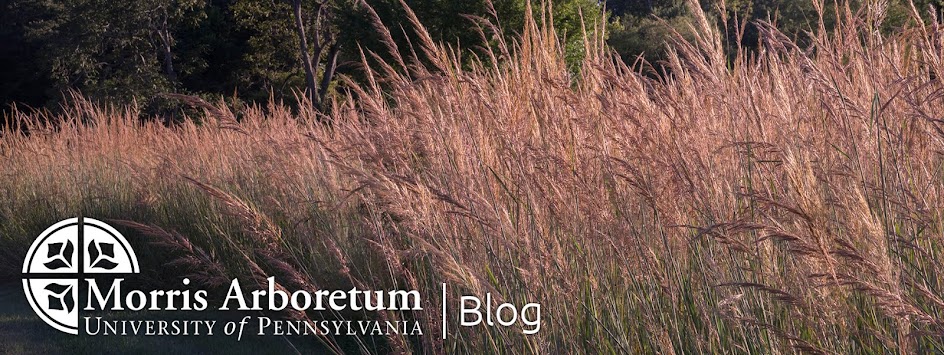Hairy Bittercress
By Emma Erler, The Alice and J. Liddon Pennock, Jr. Endowed Horticulture Intern
This time of year there isn’t too much happening in the garden. Most plants have gone dormant for the winter. However, as the snow melts you may notice a low growing plant with a basal rosette of leaves. This is a common weed in the mustard family called hairy bittercress (Cardamine hirsuta). Hairy bittercress is a winter annual, which means its seeds usually germinate in cool, moist weather. Seedlings emerge mainly in late summer or fall. They are frost hardy and will remain dormant through the winter until temperatures warm up. In early to mid-spring, hairy bittercress will resume growth, produce flowers, and go to seed. Plants die back as soon as hot weather arrives in late spring and summer.
As a seedling, hairy bittercress has simple kidney-shaped leaves. Mature plants have prominent basal rosettes of hairy, compound leaves with shallowly lobed kidney-shaped leaflets. Flowering stems emerge from the rosette and have only a few small leaves. Hairy bittercress flowers are very small (2-3 mm) in diameter with four white petals. The subsequent fruits are 1-2 cm long capsules that explosively disperse their seeds up to 3 meters from the plant.
The best way to control hairy bittercress in the garden is to remove it before it sets seed. Each plant is capable of producing many thousands of seeds, hence removing the plants before seeds are set will greatly control the population. Small populations can be easily hand pulled from the garden. In large areas, regular hoeing will prevent plants from flowering and going to seed.
For the adventurous gardener, hairy bittercress is an edible green. Tender leaves collected in early spring or late fall can add a peppery taste to salads.
As the winter progresses, keep an eye out for hairy bittercress and get ready to weed as the weather warms up!
Photos: Emma
Erler


